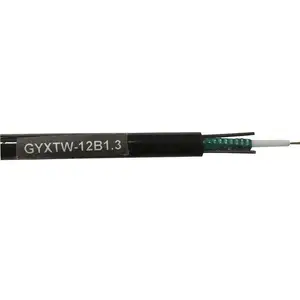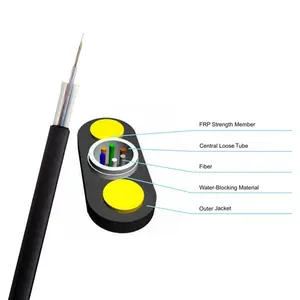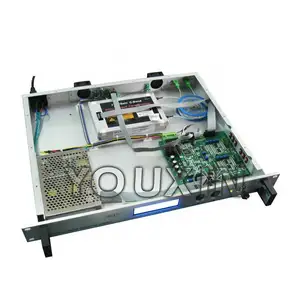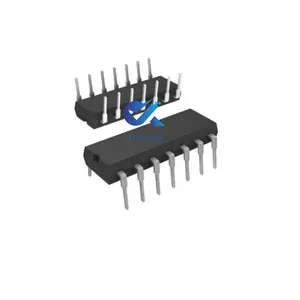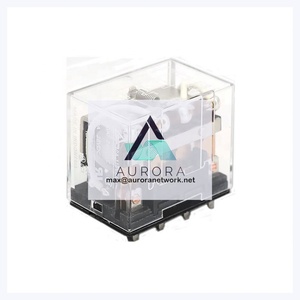Doping In Electronics





 1/3
1/3





 1/3
1/3





 1/3
1/3





 1/17
1/17


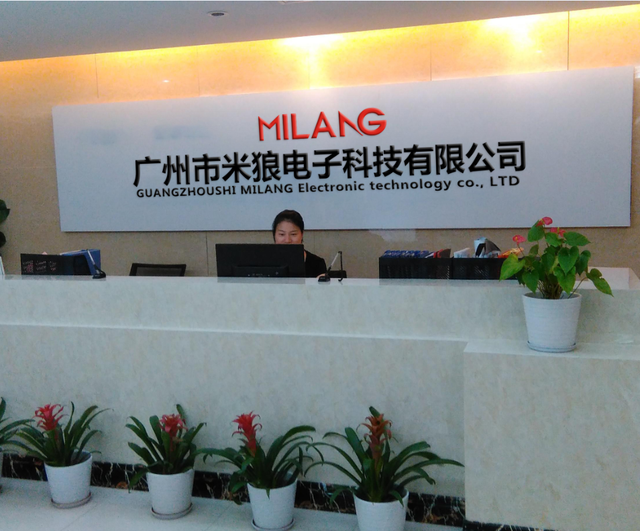

 1/3
1/3



 0
0



 0
0

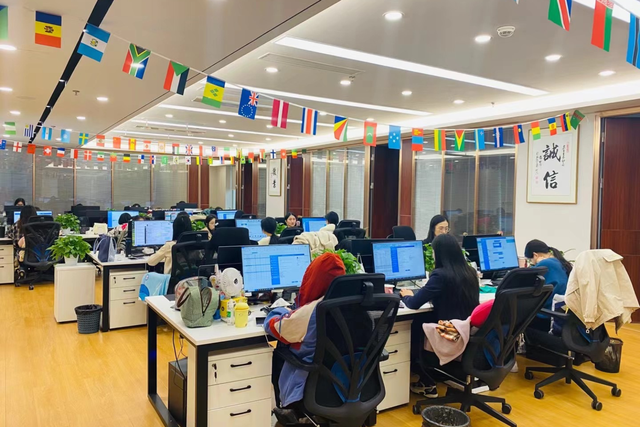

 1/3
1/3




 1/3
1/3




 1/3
1/3




 1/3
1/3




 1/3
1/3




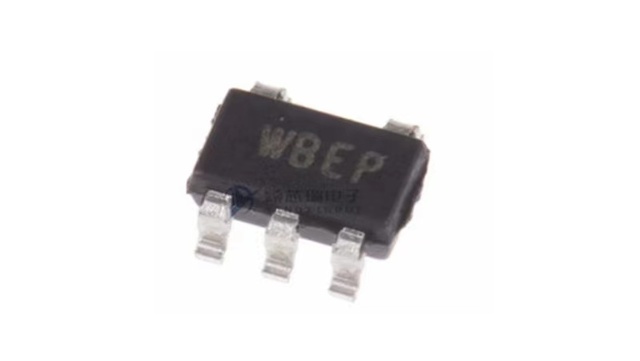

 1/6
1/6



 1/1
1/1




 1/3
1/3





 1/2
1/2





 1/2
1/2




 1/3
1/3



 0
0



 1/1
1/1
About doping in electronics
Where to Find Doping in Electronics Suppliers?
The global supply chain for doped electronic components is concentrated in China’s advanced electronics manufacturing hubs, particularly in Zhejiang, Guangdong, and Ningbo regions. These areas host specialized firms integrating semiconductor material processing with fiber optic and broadcast equipment production. Companies such as Hangzhou Hengchi and Ningbo Youxin focus on erbium-doped fiber amplifiers (EDFAs) and 1550nm optical transmitters—critical for CATV and telecommunications infrastructure—leveraging localized access to rare-earth dopants and precision optical assembly lines.
These clusters support vertical integration from raw material doping to final device packaging, enabling consistent quality control and scalable output. Proximity to research institutions and component suppliers reduces development cycles and logistics overhead. Buyers benefit from established export channels, with many suppliers reporting annual online revenues exceeding US $60,000 and maintaining 100% on-time delivery rates across international shipments.
How to Choose Doping in Electronics Suppliers?
Selecting reliable partners requires systematic evaluation of technical specialization, production capacity, and transaction reliability:
Technical Specialization
Prioritize suppliers whose core product lines include doped fiber optics or semiconductor materials. Verified expertise in erbium-doped fiber amplifiers (EDFA), optical transmitters, and RF components indicates process maturity. Confirm operational experience with wavelength-specific doping (e.g., 1550nm systems) and integration into broadcasting or telecom networks.
Production and Quality Assurance
Assess manufacturing infrastructure through available metrics:
- Facilities with dedicated R&D teams and in-house testing labs ensure consistent doping uniformity and signal integrity
- Look for compliance with international standards such as RoHS, although explicit certification may not be publicly listed
- Cross-reference response times (≤5 hours preferred) and reorder rates as proxies for service reliability and product performance
Transaction and Sourcing Metrics
Evaluate commercial terms critical for procurement planning:
- Minimum Order Quantities (MOQs) range from 1 piece for high-value units (e.g., EDFAs priced at $300–$600) to bulk lots (50–100 pieces) for consumer-grade doped-silicon-based audio devices
- Lead times are typically short (2–4 weeks), supported by existing inventory and modular production
- Customization capabilities—including OEM labeling, power output adjustments, and WDM integration—are offered by select manufacturers with flexible assembly lines
What Are the Best Doping in Electronics Suppliers?
| Company Name | Main Products | Price Range (USD) | Min. Order | On-Time Delivery | Avg. Response | Reorder Rate | Online Revenue |
|---|---|---|---|---|---|---|---|
| Hangzhou Hengchi Electronic Equipments Co., Ltd. | Fiber Optic Equipment, CATV Transmitters, EDFA | $230–$621 | 1 piece | 100% | ≤5h | <15% | US $20,000+ |
| Ningbo Youxin Optic-Electronic Technology Co., Ltd. | EDFA, Optical Cables, Fiber Amplifiers | $100–$1,000 | 1 piece / 1 km | 100% | ≤9h | - | US $10,000+ |
| Dongguan Liduojin Electronic Technology Co., Ltd. | Sports Earphones, TWS, Data Cables | $1.00–$2.75/unit | 50–100 pieces | 100% | ≤3h | <15% | US $20,000+ |
| Shenzhen Xing Xing Sport Technology Co., Ltd. | Wireless Earphones, Mini Speakers | $4.99–$10.99 | 5–10 pieces | 89% | ≤4h | <15% | US $150,000+ |
| Guangzhou Milang Electronic Technology Co., Ltd. | Gaming Keyboards, Noise-Cancelling Earphones | $2.46–$17.99 | 2–10 sets | 100% | ≤3h | 15% | US $60,000+ |
Performance Analysis
Hangzhou Hengchi and Ningbo Youxin demonstrate strong technical alignment with doping applications in fiber optics, offering precise 1550nm EDFA modules essential for long-haul signal transmission. Their 100% on-time delivery and low MOQs make them suitable for prototyping and small-scale deployments. Dongguan Liduojin and Guangzhou Milang provide cost-effective solutions for mass-market electronics using doped semiconductor elements in audio ICs, with competitive per-unit pricing and rapid response times. Shenzhen Xing Xing leads in volume revenue, indicating robust production capacity despite a lower on-time delivery rate. Suppliers with sub-5-hour response times and proven reorder behavior reflect higher buyer confidence in product consistency.
FAQs
How to verify doping in electronics supplier reliability?
Assess technical alignment through product specifications—look for explicit references to doped materials (e.g., erbium-doped fiber). Verify transaction history via documented delivery performance, response efficiency, and revenue benchmarks. Request technical documentation on doping concentration, spectral output, and thermal stability for critical applications.
What is the typical MOQ for doped electronic components?
For industrial-grade doped fiber devices (e.g., EDFAs), MOQ is typically 1 unit. Consumer electronics incorporating doped semiconductors require larger batches, ranging from 50 to 100 units depending on customization level.
Do suppliers offer customization for doped electronic products?
Yes, select manufacturers provide OEM services including logo printing, power output tuning, and WDM configuration. Customization depth varies—confirm availability of design support and prototype validation before order placement.
Are doped electronic components RoHS compliant?
While not universally declared, most modern doped semiconductor and fiber optic devices adhere to RoHS standards. Buyers should explicitly request compliance documentation, especially for EU and North American market imports.
How are doped electronic devices packaged and shipped?
High-sensitivity optical components are packed in anti-static, shock-resistant containers with humidity control. Standard air freight delivers samples within 7–10 days; sea freight is recommended for bulk orders to optimize cost.







